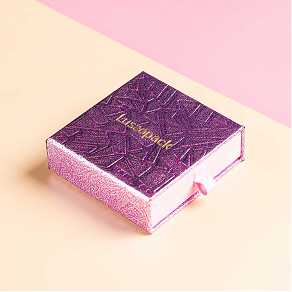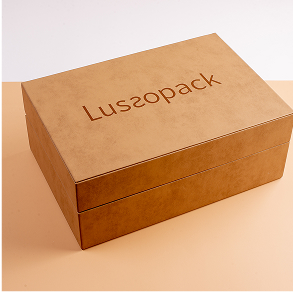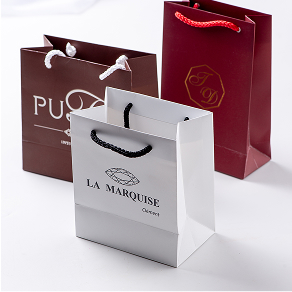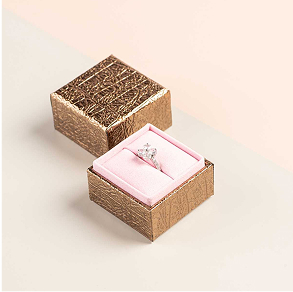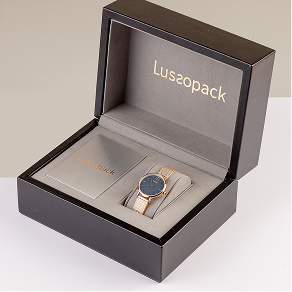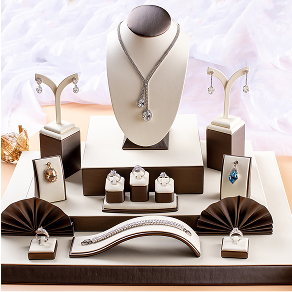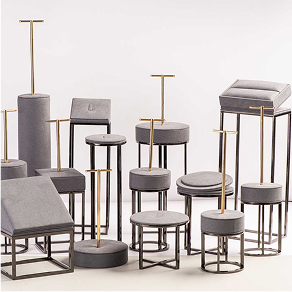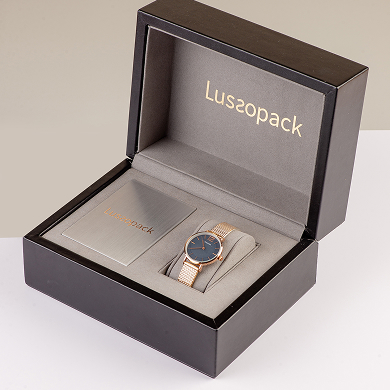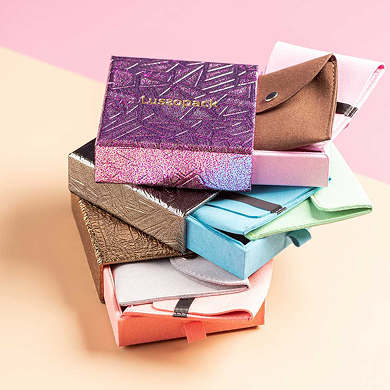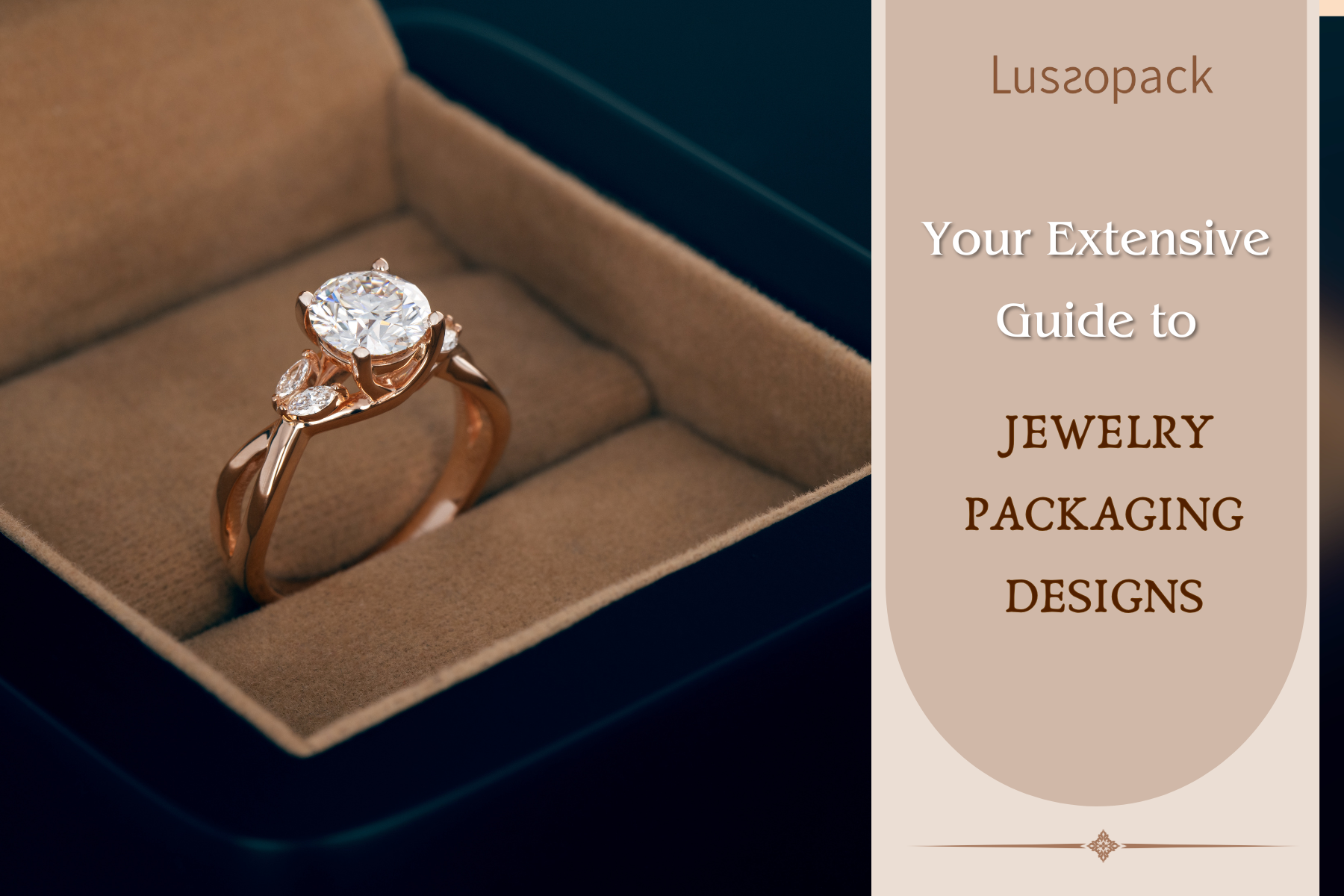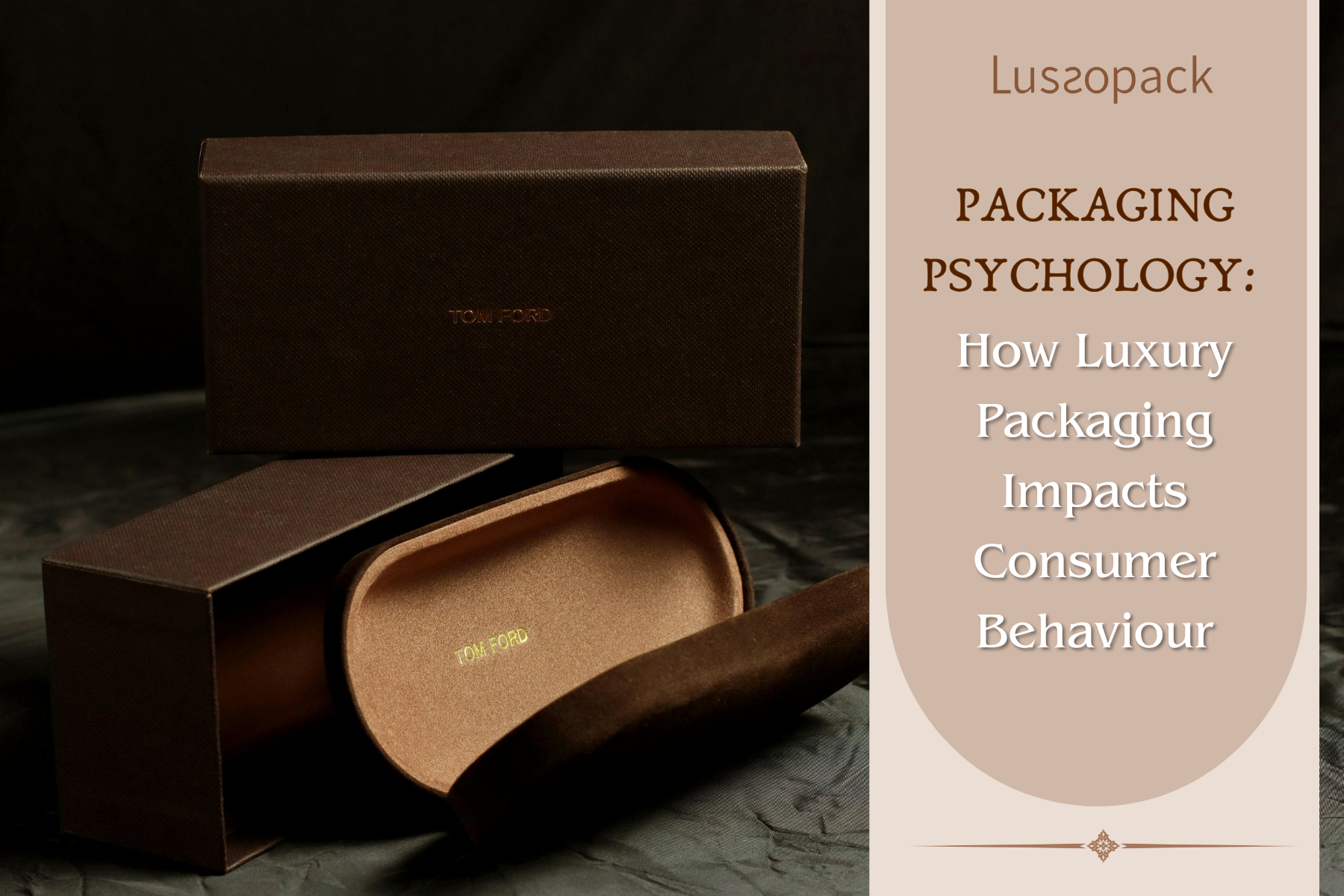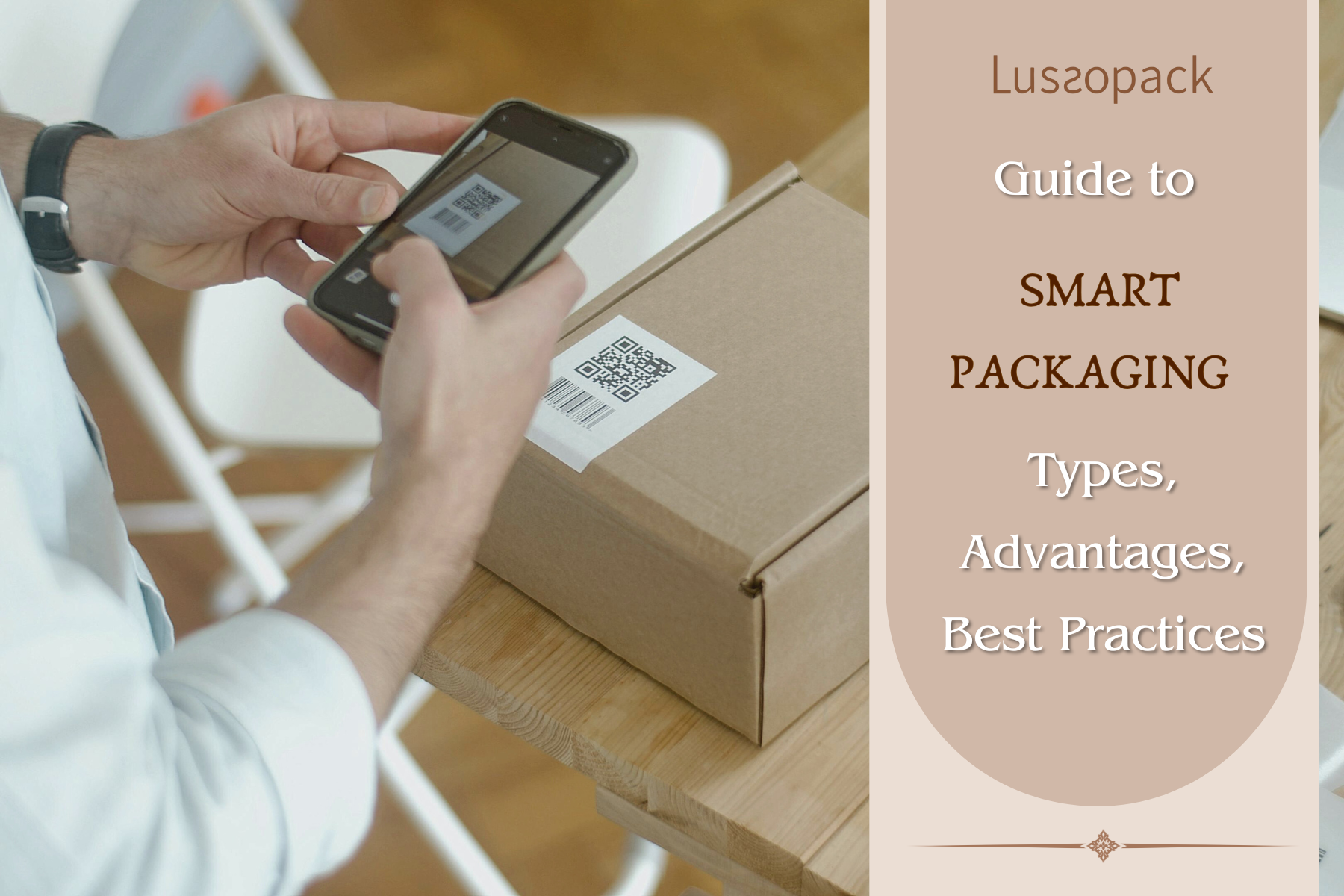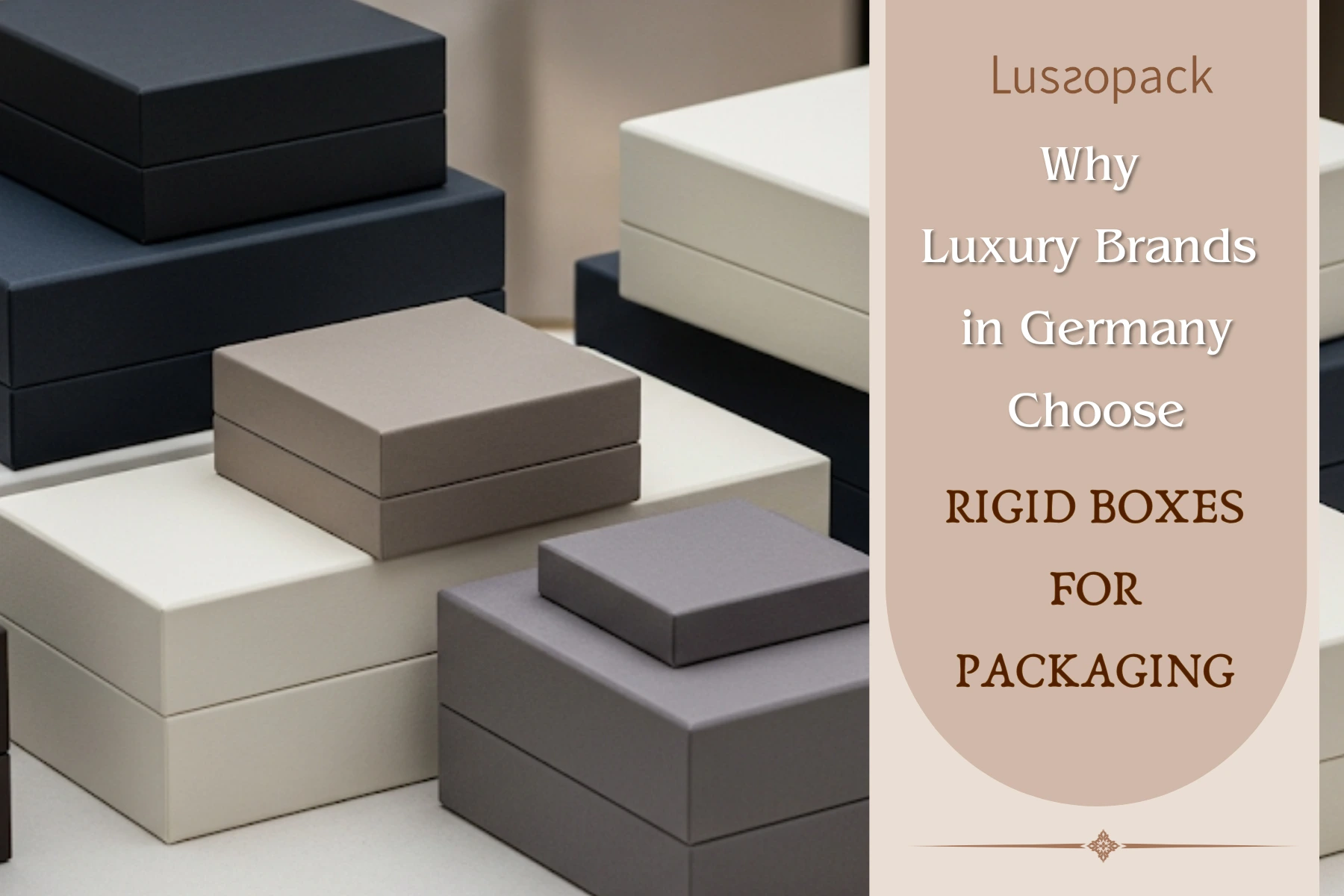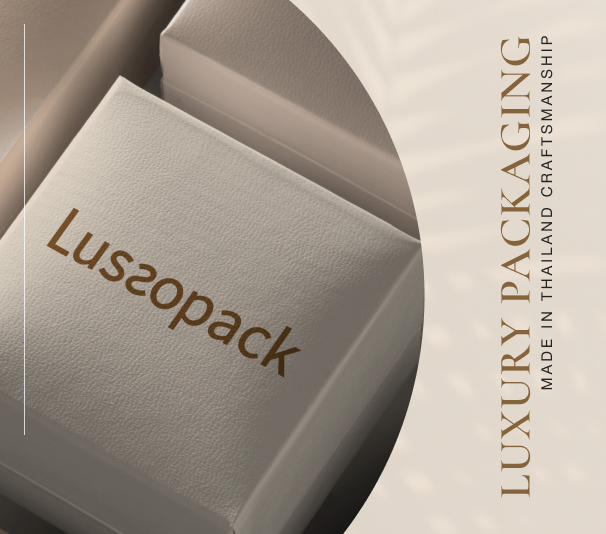Have you ever wondered why some products catch your eye on the shelf while others fade into the background? Or why do certain items arrive at your doorstep in pristine condition while others are damaged? The answer lies in the power of an effective branding package. Packaging is not just a protective layer for your product; it’s a powerful marketing tool that can make or break a customer’s first impression of your brand. In this article, we delve into the importance of packaging and offer insights on how to choose the perfect packaging for your products. By mastering branding and packaging, you can create a strong, memorable brand that stands out in a crowded market.
Why Is Packaging Important for Branding?
Packaging serves as a touchpoint between your brand and the consumer, often creating the first physical impression. When considering what are the purposes of packaging, it’s clear that well-designed packaging that reflects your brand’s identity can captivate customers and significantly influence their buying decisions. Consistent use of logos, colors, and design elements helps build brand recognition, making it easier for customers to remember and choose your product amidst a sea of competitors
Incorporating branding and packaging together strengthens your market presence and ensures a cohesive brand image. Additionally, thoughtful packaging increases the overall customer experience, especially during the unboxing process. A memorable unboxing experience can lead to positive word-of-mouth, social media sharing, and repeat purchases. Unique packaging differentiates your product from competitors and allows you to communicate your brand’s values and story, fostering a deeper connection with your customers.
How to Choose the Right Packaging for Your Products
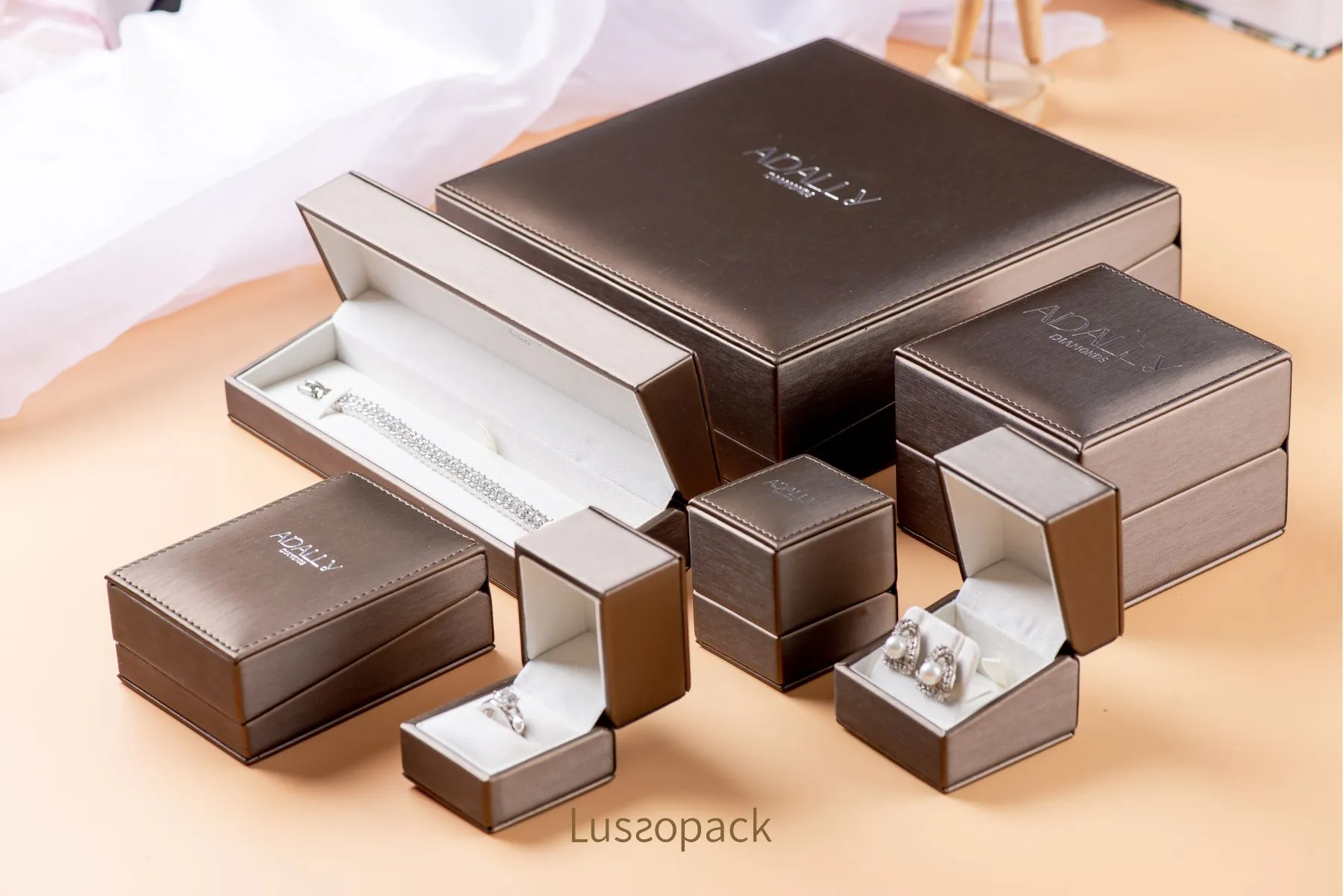
Packaging is vital for a product’s success, serving both as protection during transit and as a powerful marketing tool. The packaging of the product attracts customers, conveys brand identity, and ensures a positive unboxing experience. Follow these steps to choose the ideal packaging for your product:
- Understand Your Product and Define Your Brand’s Identity
Begin by thoroughly understanding your product’s characteristics, including size, shape, weight, and fragility. Delicate items may need extra cushioning, while heavy or bulky products might require sturdier materials.
Packaging should reflect your brand’s personality, values, and target audience. The design, color scheme, and materials should align with your brand identity. For example, eco-friendly brands might prefer sustainable packaging options.
- Consider Functionality and Compliance
Packaging should be attractive and compliant with industry standards. It must be easy to open, secure, and protect while meeting requirements for product safety, labeling, and environmental impact. Non-compliance can lead to legal issues and damage your brand’s reputation. Consider features like resealable options, carrying handles, or compartments for different components.
- Budget Constraints and Environmental Impact
Set a realistic budget for packaging. While premium materials can convey luxury, they may not be practical for every product. Aim to balance quality with cost-effectiveness to maintain profitability. Given the growing demand for sustainability, consider eco-friendly packaging options. Biodegradable, recyclable, or reusable materials reduce environmental impact and appeal to eco-conscious consumers.
- Test Prototypes and Ensure Scalability
Develop prototypes and conduct tests to ensure the packaging meets your product’s needs. This includes drop tests, compression tests, and exposure to various environmental conditions. Also, ensure the packaging is scalable to adapt to increased production volumes and different product lines as your business grows.
- Logistics, Storage, and Supplier Selection
Consider practical aspects such as shipping and storage. Efficient packaging should be easy to stack, store, and transport without wasting space. Choose reliable packaging suppliers with a track record of quality, timely delivery, and ethical business practices
How to Make Your Packaging Outstanding?
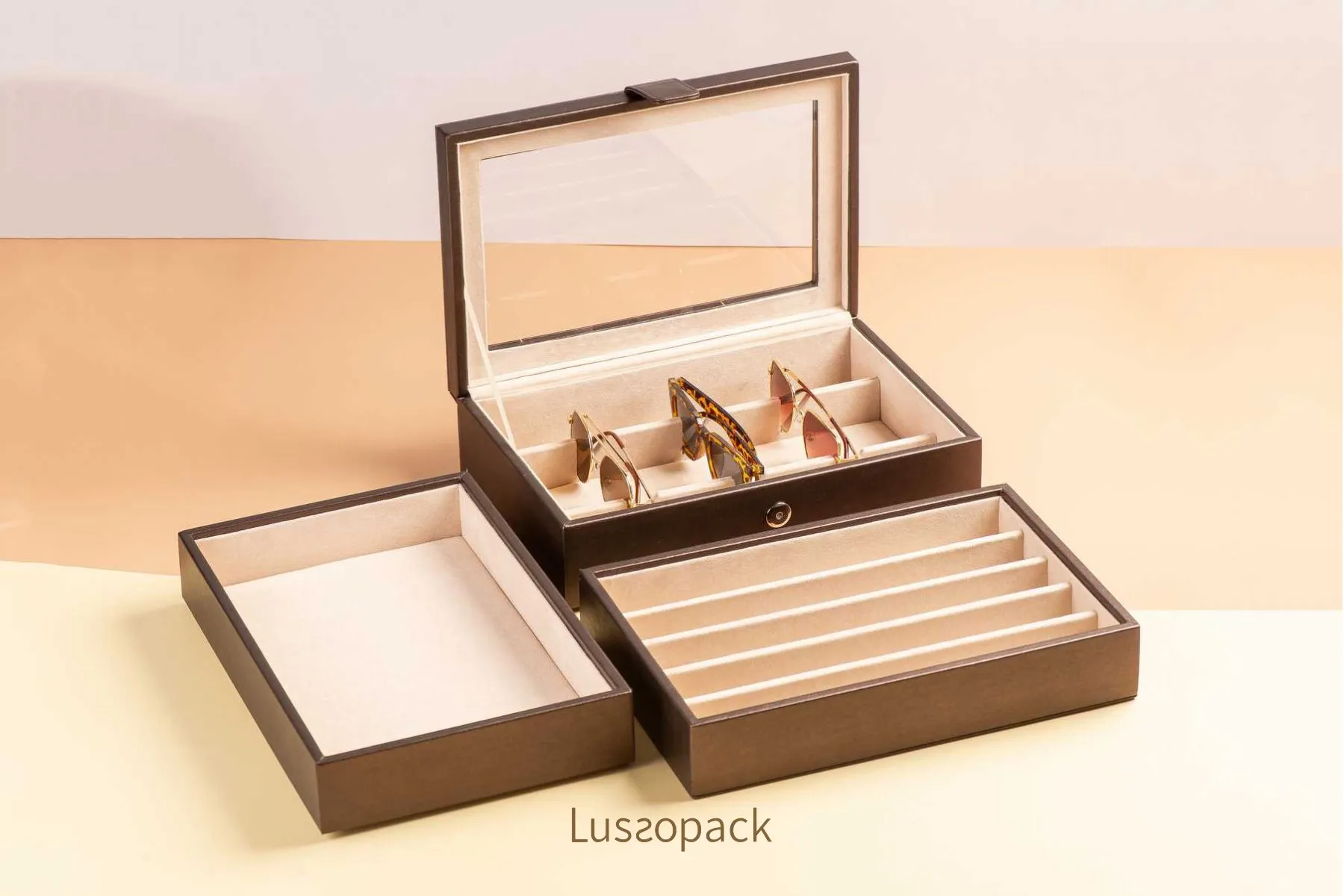
Making your packaging stand out in a competitive market involves several strategies. Here are some tips to ensure your packaging is unique:”,
- Align your packaging with your brand’s values, mission, and personality. Consider what resonates with your target audience and design accordingly. This connection ensures your packaging communicates the right message and appeals directly to the people who are most likely to buy your product.
- Analyze your competitors’ packaging to identify common features. This will help you create a distinctive look for your product. Understanding the market standard allows you to pinpoint opportunities for innovation and differentiation, making your product more noticeable on the shelf. Unique packaging often emerges from this process of market analysis and creative differentiation.
- Ensure your packaging effectively serves its primary function of protecting the product while being easy to transport and store. Functional packaging not only improves customer satisfaction but also reduces the likelihood of product damage during shipping, reflecting positively on your brand.
- Use materials that are uncommon in your industry. For example, sustainable or eco-friendly options, textured materials, or innovative shapes. These unique packaging materials can make your product feel more luxurious and environmentally responsible, appealing to conscious consumers.
- Experiment with non-traditional shapes or sizes that remain practical. Unique shapes can attract attention and leave a lasting impression. Custom sizes can also improve the user experience, making the product more convenient and enjoyable to use.
- Select fonts and graphics that are exclusive to your brand. Maintain consistency across all packaging for a unified appearance. Unique typography and compelling graphics can communicate brand identity and product benefits quickly and effectively.
- Choose a color palette that differentiates you from competitors. Whether bold, minimalist, or monochrome, ensure it aligns with your brand identity. Colors evoke emotions and can significantly influence purchasing decisions, so choose wisely to create the desired impact.
- Utilize packaging to narrate your brand story, product origins, or benefits. Storytelling through packaging can make your product more memorable and create a deeper bond with your audience, encouraging brand loyalty. Brands with unique packaging often excel at using their packaging as a canvas for storytelling.
- Add features like QR codes, augmented reality, or hidden messages to engage customers. Interactive elements make the unboxing experience more enjoyable and can provide additional information or entertainment, adding value to your product.
- Design special packaging for limited editions or seasonal products to create excitement and urgency among consumers. This can drive sales and create a sense of exclusivity, making your customers feel like they’re part of something special.
- Encourage customers to share their experiences on social media with a specific hashtag. Feature some of these posts on your packaging. This builds community and engagement while providing authentic testimonials that can increase your brand’s credibility.
- Eco-friendly packaging can be a unique selling point. Use recycled materials, offer refillable options, or create packaging that can be repurposed. Sustainable packaging resonates with eco-conscious consumers and can set your brand apart as a leader in environmental responsibility.
- Think about unique ways to open or close the packaging, adding an element of surprise and distinction to your product. Innovative closures can boost the user experience, making the product more enjoyable to use and more memorable.
- Invest in high-quality printing techniques to add a tactile element to your packaging. For example, embossing, debossing, foiling, or spot UV coating. Premium finishes enhance the visual appeal and convey a sense of quality and craftsmanship, influencing perceived value.
Key Considerations When Choosing Packaging Material
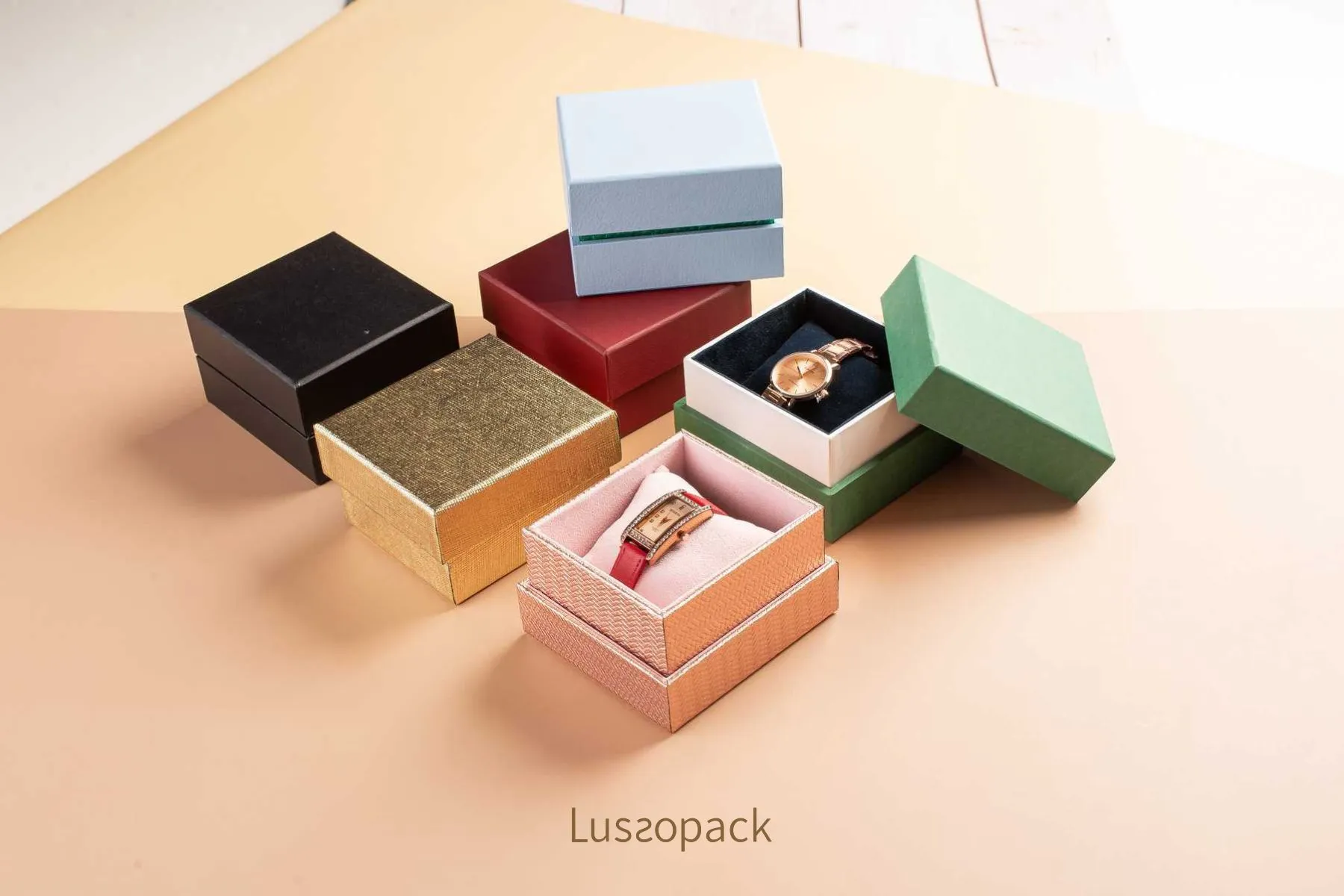
Selecting the appropriate brand packaging material is an important decision for businesses across various industries. It affects product protection, sustainability, cost, and brand image. Here are some important factors to consider when choosing brand packaging material:
- Nature of the Product
Evaluate the type of product you are packaging. Determine if it is fragile, perishable, or sensitive to environmental factors such as moisture or light. Different materials offer varying levels of protection tailored to specific product needs.
- Durability and Strength
Ensure the brand packaging materials are durable and strong enough to endure handling, shipping, and storage without compromising product integrity. For example, while glass may be suitable for certain items, it can be both fragile and heavy, requiring additional protection.
- Environmental Impact and Sustainability
With increasing environmental concerns, sustainable packaging options are becoming more important. Consider materials like recycled paper, cardboard, biodegradable plastics, and plant-based alternatives to reduce environmental impact.
- Cost-Efficiency
Cost is a major consideration when selecting packaging materials. It is essential to balance cost with quality and functionality. While some materials might have a higher initial cost, they could offer advantages in terms of durability and protection, ultimately saving money in the long run.
- Regulatory Compliance
Different industries have specific brand packaging regulations. Ensure the chosen material complies with local and international standards for safety, labeling, and environmental impact to avoid legal issues and maintain a positive brand reputation.
Common Packaging Mistakes Businesses Make
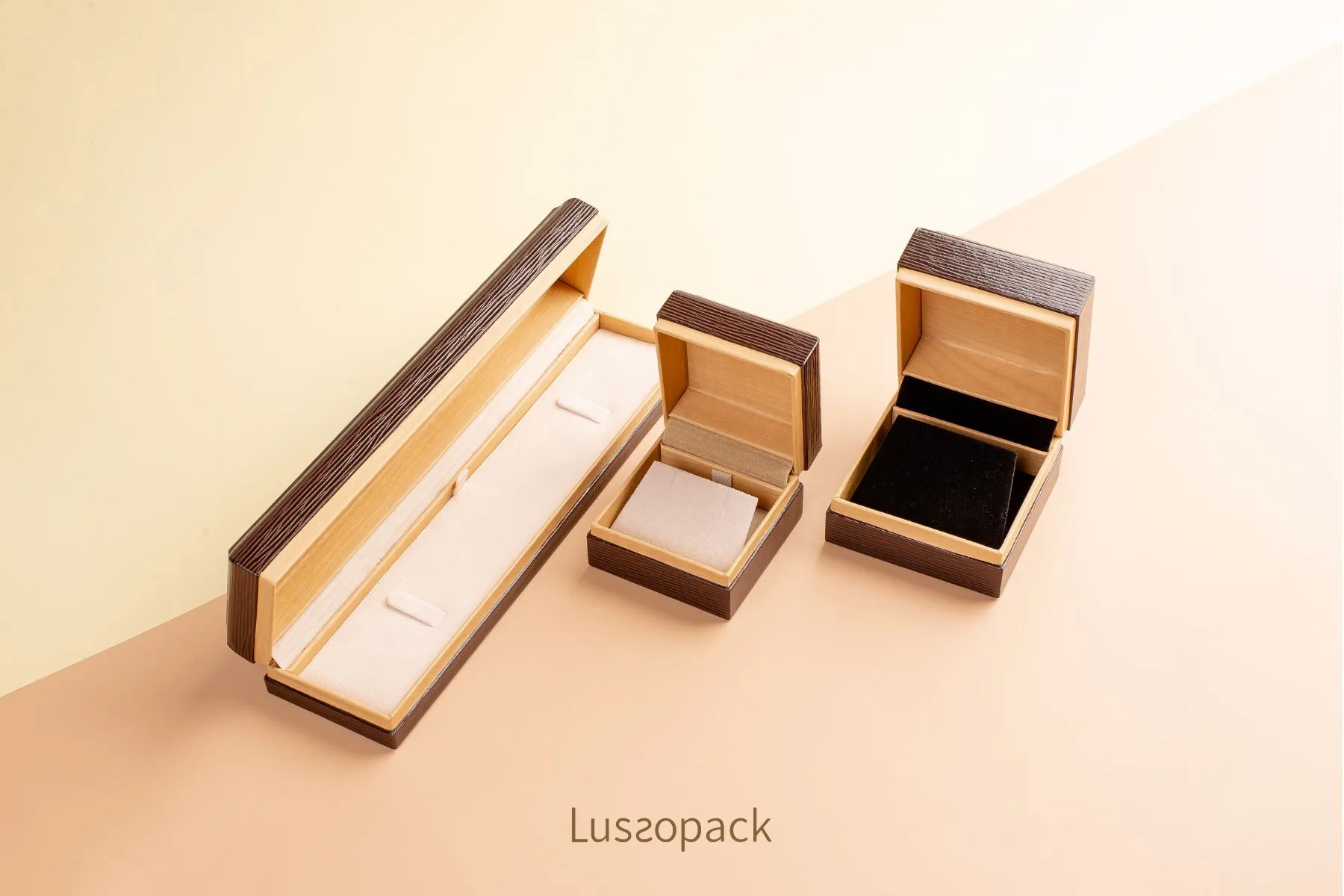
Many businesses fall into common pitfalls that can undermine their packaging efforts. Below, we explore some of the most frequent packaging mistakes businesses make and provide solutions to address them effectively.
1. Using Poor Packaging Materials
One frequent error businesses make is opting for low-quality packaging. Ensuring products reach customers in perfect condition is vital, emphasizing the importance of good packaging. Robust packaging materials protect items during shipping, keeping them intact and damage-free upon arrival.
Packaging materials, whether plastic, cardboard, or other types, face various risks during transit. Issues like water damage to cardboard boxes or general wear and tear can occur if the packaging material is not up to standard. A packaging design agency can help select materials that best suit your product’s needs and contribute to your overall branding package.
To avoid shipping damage, select materials that best protect your product. Consider the size, quantity, and fragility of your items. There are numerous packaging options available, and outsourcing from a reputable company can ensure high-quality materials. A trustworthy packaging company will have stringent quality control practices, such as using the box crush test to assess cardboard box durability. Establishing a relationship with a reliable supplier guarantees consistent quality for all your packaging needs.
2. Failing to Consider Customer Experience
While protecting products during shipping is vital, many businesses overlook the post-shipping functionality of their packaging. The customer experience does not end with the purchase; the ease of opening the package also impacts their impression of your brand. If consumers find it difficult to open your packaging, they may become frustrated and opt for competitors in the future.
To avoid negative customer experiences, think about your target demographics. For example, if your customers value environmentally friendly practices, reusable packaging might be appealing. If you serve elderly customers or those who might struggle with difficult-to-open packages, consider resealable options. Prioritizing customer experience in your packaging design ensures satisfaction and fosters brand loyalty.
3. Product and Packaging Chemistry Issues
In the food industry, a common mistake is neglecting the chemical reactions between packaging materials and food products. For instance, acidic foods in aluminum packaging can acquire an undesirable metallic taste, compromising product quality. Unwanted chemical reactions can severely impact your business and product quality.
To safeguard your customers’ health and satisfaction, research and test for chemical interactions between your products and packaging materials. Lab testing can help ensure your packaging does not adversely affect your products. Investing in an automated packaging system can also reduce human error and ensure consistent, high-quality packaging. Combined with excellent materials, automation can increase your business performance and customer satisfaction. A packaging design agency can provide valuable insights into material compatibility and help develop a branding package that not only looks great but also maintains product quality throughout its shelf life.
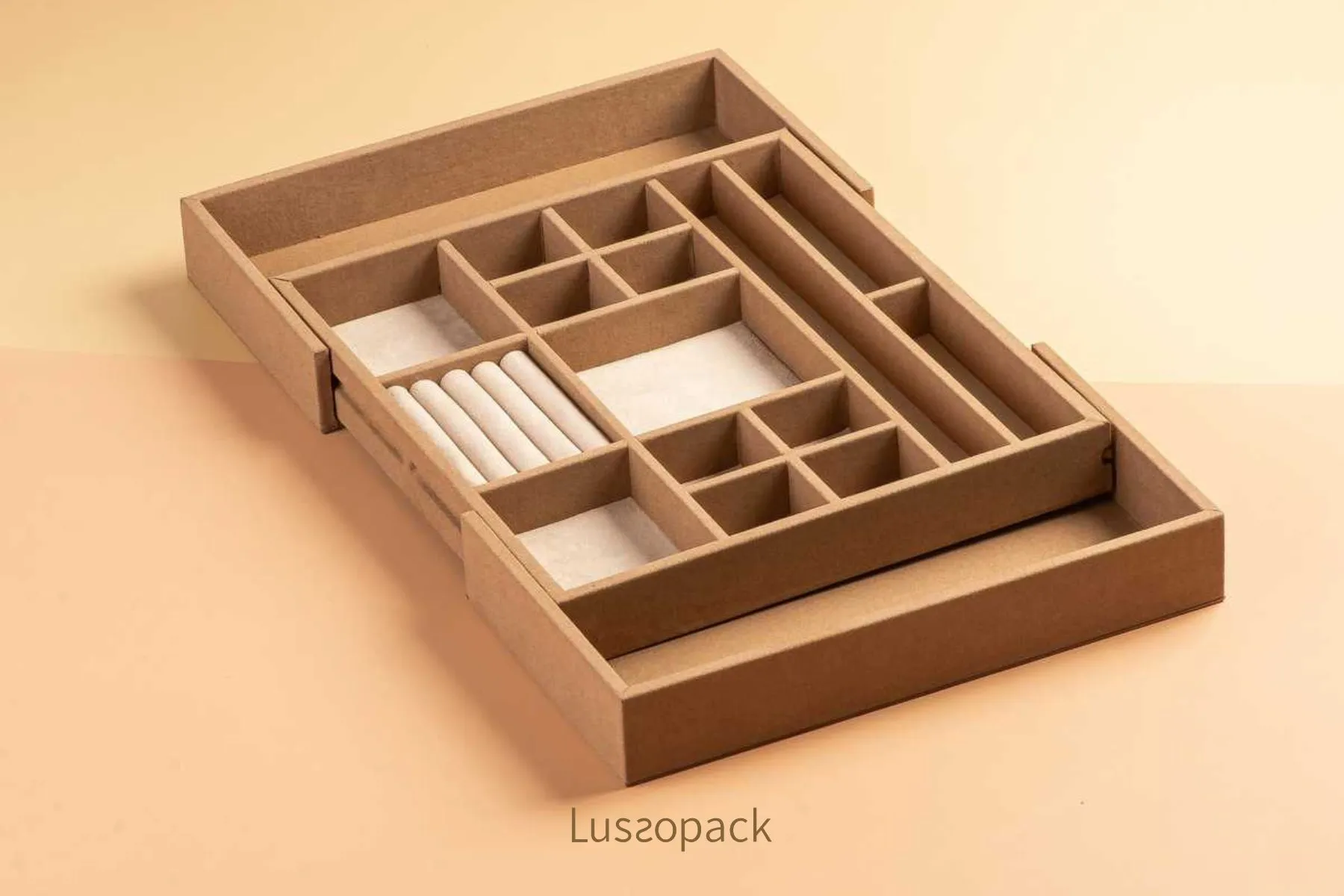
Lussopack is a premier packaging design company that excels in creating innovative brand packaging solutions. Rooted in Thailand’s rich cultural heritage, Lussopack offers handcrafted luxury packaging solutions that captivate the senses. We employ eco-conscious practices at every production step, using responsibly sourced materials and innovative, low-impact techniques to minimize environmental footprint while maintaining high quality. Lussopack provides an extensive range of premium materials, including acrylic, fabric, leather, MDF, paper, and more. This versatile selection allows businesses to tailor their packaging to their unique needs. Whether you’re looking for sustainable options or cutting-edge designs, We empower you to create memorable experiences for your customers. For more information, please visit our website or contact us directly.


